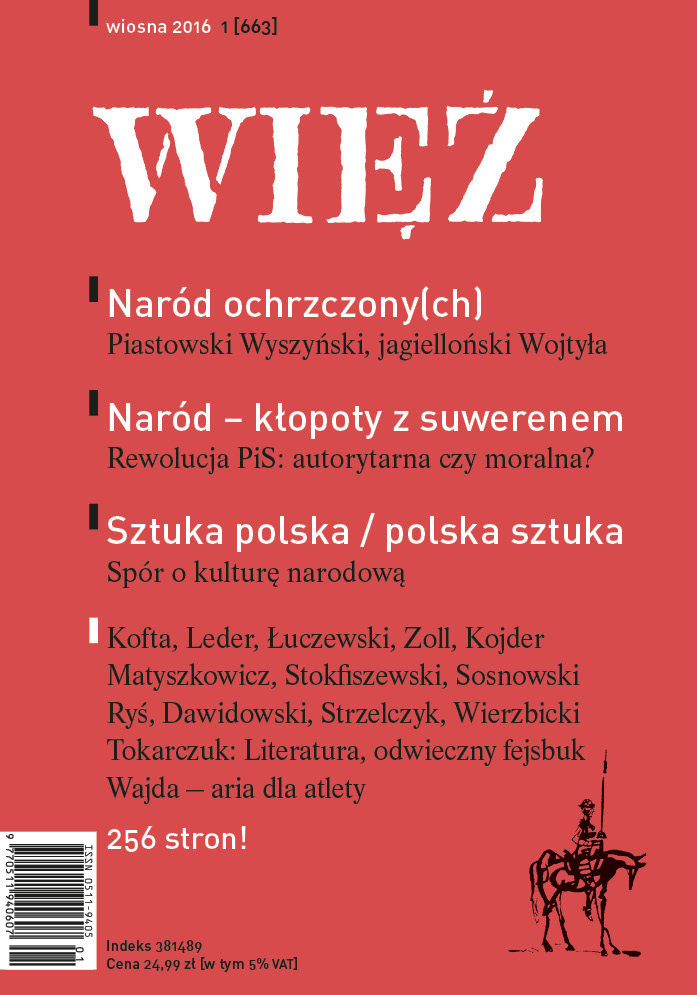
We kindly inform you that, as long as the subject affiliation of our 300.000+ articles is in progress, you might get unsufficient or no results on your third level or second level search. In this case, please broaden your search criteria.

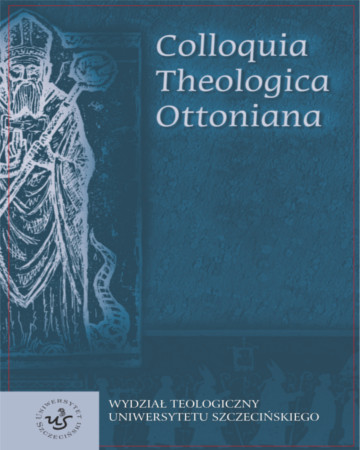
A detailed analysis of the Book of Numbers allows us to perceive it as a work which is diverse as far as the language, style, theology and legal traditions are concerned. On the one hand we can notice here traces of editorial work of priestly and non-priestly authors. On the other hand there is an attempt to synthesize both these theological currents. Legal material in the Book of Numbers has also a supplementary character when compare to solutions presented in other texts. Traces of later editorial work can be found in several pericopes of the Book of Numbers (e.g. Nu 11–12). On the one hand, the contents of the book prepares the reader to the events described in the Book of Joshua and on the other hand, it convinces him on the crucial role of Moses. All this allows a contemporary researcher to state the opinion that the book came under the last editorial work of Pentateuch which should be dated to the second half of the 4th century before Christ.
More...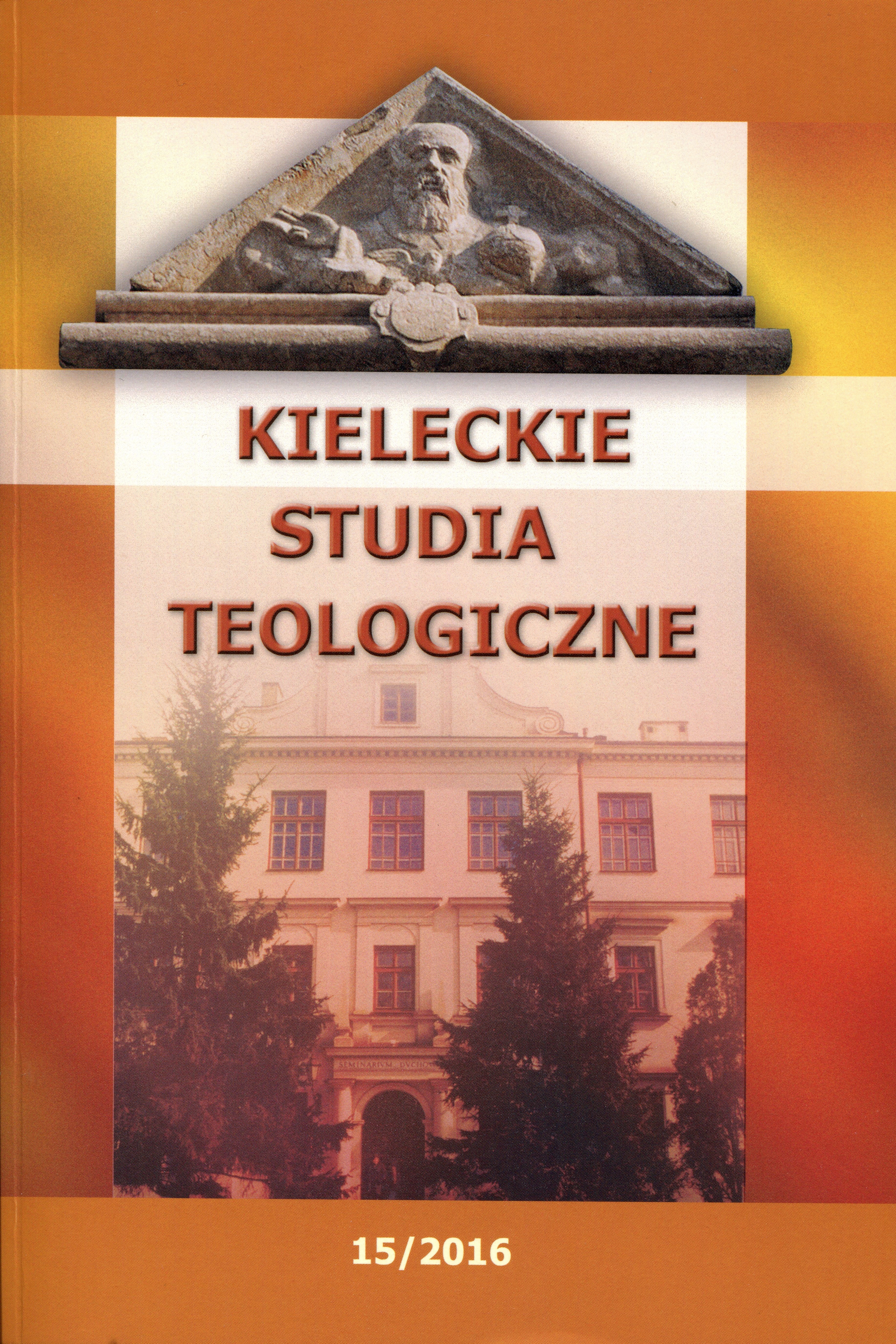
The present article aims at depicting the Lord’s Prayer as being rooted in the Jewish literature and theology. The article consists of three parts. In the first part, the text of „Our Father” prayer was analyzed for its connection to Judaism. The analysis encompassed two questions: firstly, a study of the prayer’s composition, which contains characteristics typical to Jewish texts; secondly - an analysis of the theological content, which also is strongly rooted in the theology of Judaism of Jesus’ times. The second part of the article contains a search for a theological basis for possible common worship for Christians and Jews. The starting point to that is an analysis of the Jewish and Christian understanding of God’s fatherhood. The Lord’s Prayer is the prayer of Jesus’ disciples, who in him receive a share of the special dignity of God’s children, which allows for them to call God Abba. The Jews also understand one’s relationship to God in terms of a Father-child relationship. Their understanding of divine filiation, however, differs from the Christian one. The third part of the article is a search for a common ground connecting the Jewish and Christian prayer. This may be found in the first petition of „Our Father”, the content of which is similar to that of the Jewish Kaddish. This petition - to hallow God’s name - is indeed a request for God that He gather all His children in one.
More...
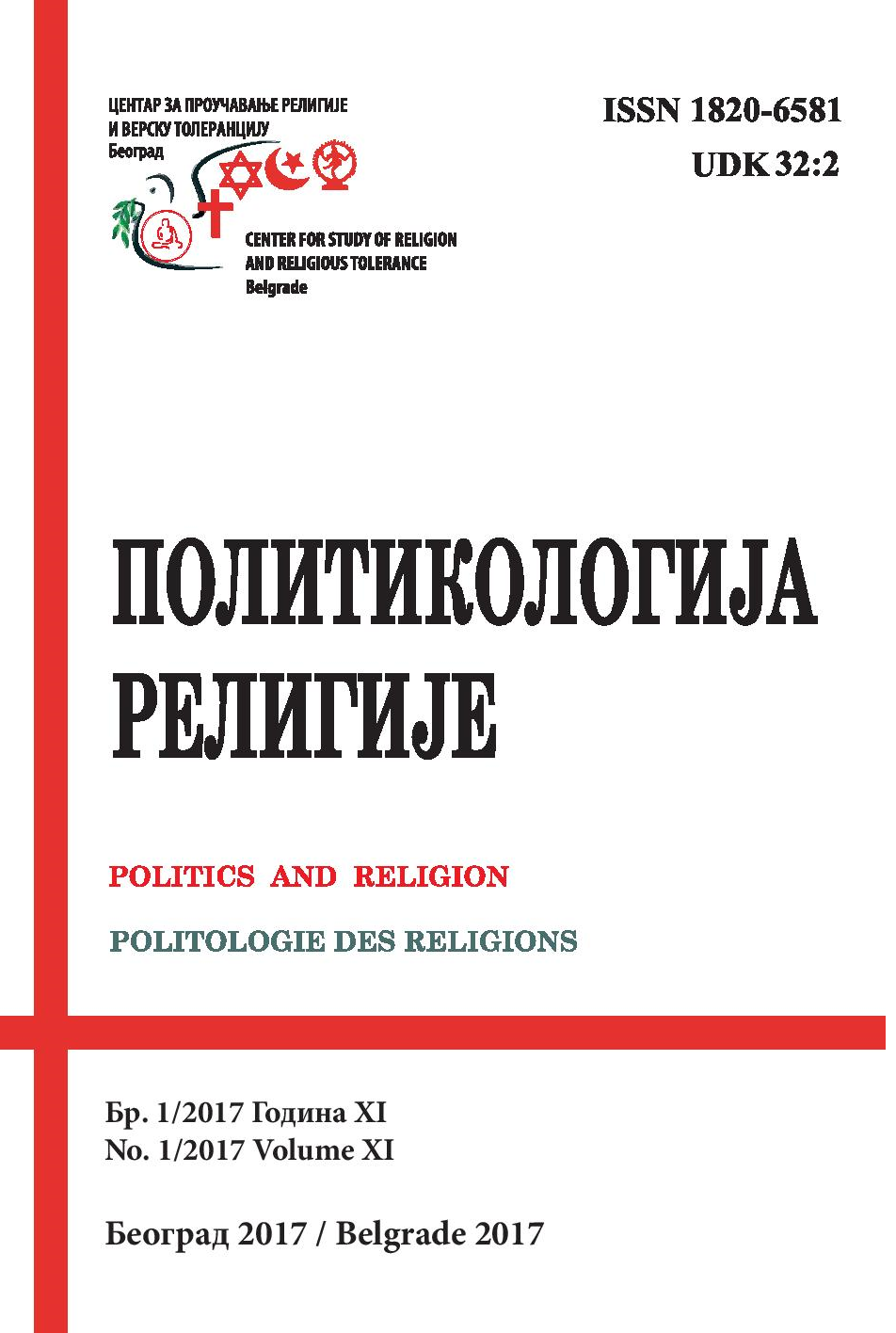
The aim of the article is to explore the material culture of Neo-Pentecostals´ mega-churches in Buenos Aires City, Argentina. In order to do this, we will reconstruct three consumers’ profile and the way that political senses are put into play. Profiles will be analyzed according to (a) the ritual context that eases consumption through specific institutions; (b) the chosen objects and (c) the political meanings that is inferred from the uses and understandings of them. This article is divided into three parts. In the first one, we are going to briefly develop the methodological framework and introduce the concepts of megachurch and material culture. In the second one, we will empirically study three religious consumption itineraries that describe different modalities of participation in the internal life of temples. Lastly, we are going to explore the political senses related to cultural commodities of large Evangelical organizations.
More...
„GEOGRAFIJA RELIGIJE“ Geografski fakultet Univerziteta u Beogradu , 2011 , pp. 500 , ISBN 978-86-82657-88-0
More...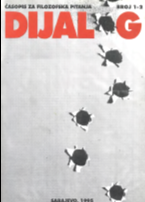
Međureligijski dijalog između muslimana i sljedbenika drugih religijskih tradicija, osobito onih koje muslimanska Sveta Knjiga oslovljava Narodom Knjige (Ahl Al-Kitab), s pogfavitim naglaskkom na židovsku i kršćansku religijsku tradiciju, otpočinje sa poslaničkom misijom Poslanika-Dovršitelja, Poslanika islama, i sa objavljivanjem završnice ove božanske Objave - sa svetim tekstom Qur’ana. To je njegova starosna dob glede musliman ske religijske tradicije. No, što se tiče kršćanske religijske tradicije, ozbiljnije promicanje međureligijskog dijaloga sa nekršćanskim religijskim tradicijama otpočinje tek sa Drugim koncilom u Vatikanu (1962.-1965).
More...
Koliko su prostor i vrijeme količine, toliko su neodvojivi od čovjekovog iskustva boli i patnje. Bog u Učenju usmjerava čovjeka, pa tako i ukupnost postojanja, prema Času kao potpunom razrješenju svih prostornih i vremenskih ograničenja. Ali i Učenje je u prostoru i vremenu. Iako mu je počelo stvaralačka riječ, što znači jedna i nerazlučena, njegovog pokazanja nema i ne može biti mimo količinskih ograničenja. Tako je Učenje u svom prostornom i vremenskom pokazanju u raz-Umu, iako mu je Um prvo počelo.
More...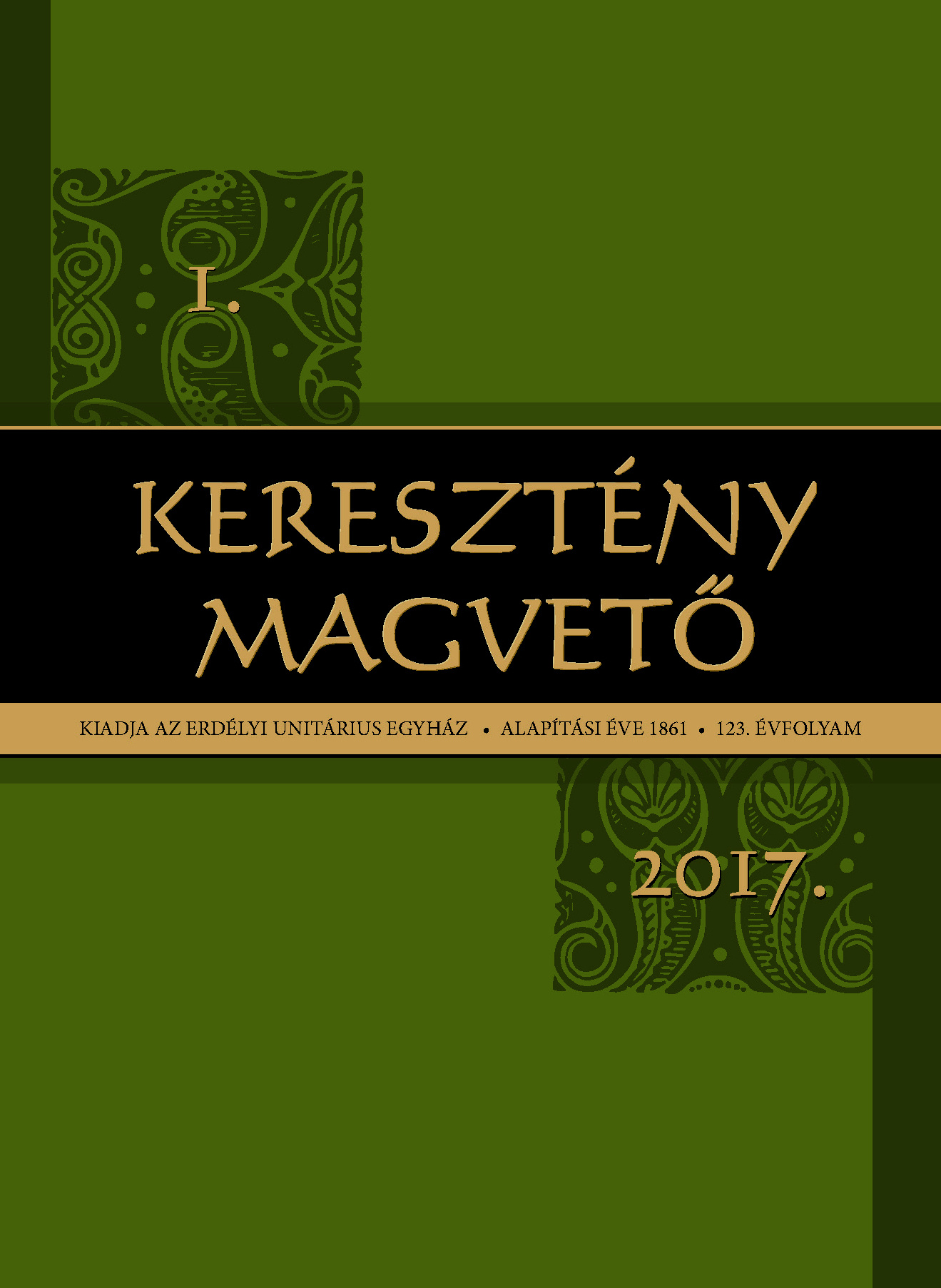
Kovács Ábrahám (szerk.): Vallási pluralizmus, vallásközi párbeszéd és kortársideológiák. Magyar protestáns teológiai kitekintések. Budapest, 2013, Kálvin Kiadó. 267 p.
More...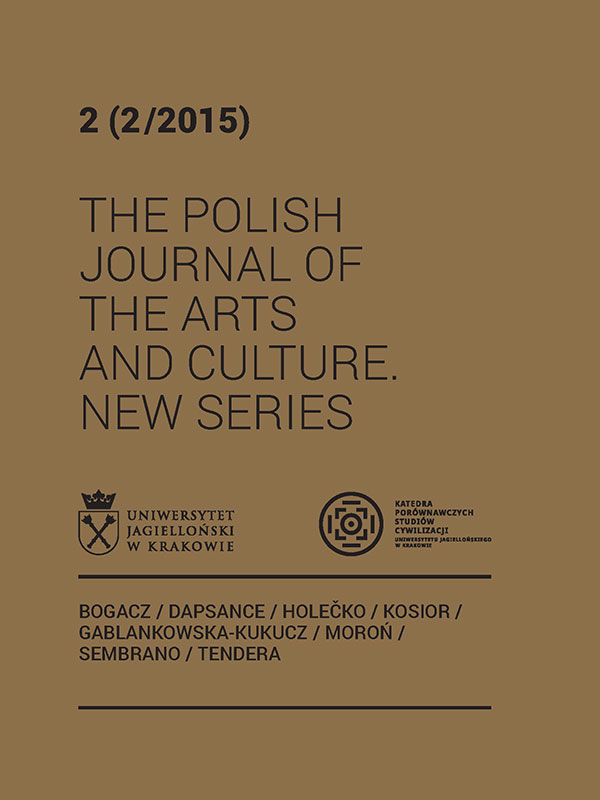
In Western-Tibetan Buddhist centres, disciples experience devotion towards their master long before they actually meet him. Whereas sociological studies based on the analysis of conversion narratives assert that the relationship to the lama spontaneously arises from a personal and transformative encounter with a “charismatic” master, ethnographical descriptions of the learning pathway offered by the international Buddhist organization Rigpa show that it is inculcated by the group mostly in the lamaʼs absence. Experienced students teach novices how to relate correctly to the master, using a special language and invisible rituals, first in front of an animated icon which allows the master to become present, then during live theatrical performances by the lama on stage, which give rise to extensive exegesis on the part of the group. The ethnography of practices thus overturns the main thesis put forward by most observers about “Tibetan Buddhism in the West”: the relationship to the master is certainly central, but it takes the form of a compulsory expression of feelings rather than an actual, personal relationship. The submission of Westerners to Tibetan lamas doesnʼt result from an individual choice but rather from an institutional constraint.
More...
Traditional Tibetan medicine perceives so prevalent mental problems as an imbalance of the subtle Wind energy, or Lung in Tibetan. It is one of the three humors (rlung, mkhris pa, bad kan) that govern our health. When out of balance, Lung can cause such symptoms as emotional lability, anxiety, panic attacks, depression, or bipolar disorder, to mention just a few. Over millennia Tibetan medicine has compiled a system of effective methods to rebalance the three humors and bring back the state of health. To the healing methods belong therapeutic diet and lifestyle, herbal compounds, and a wide range of external therapies, such as Tibetan massage kunye, moxa, horme, or yukcho. On top of that spiritual healing, connected with Buddhist tradition, is applicable.
More...
Initiation rituals which are present in Shingon Buddhism have a lot of similarities with abhiṣekas of Tibetan Buddhism. In esoteric practices of Shingon formal actions as fasting, keeping cleanliness of the body and surroundings, are very important which resemble the necessary behaviour in outer yogas – kriyā and caryā tantra. The initiation steps, especially the higher ones, resemble stages of yoga and anuttarayoga tantra abhiṣekas. Explanation of mandala symbolism in both Buddhist schools is also very much alike. Mandalas are symbols of a transcendent, universal Buddhahood – as a pure universe but also as mirrors of the mind and all activities of consciousness and phenomena. Mikkyō describes the “universal form” of all beings and things in terms of Four Mandalas, which are identical to those found in yoga tantra in Tibetan Buddhism, where Four Mandalas of Body, Mind, Speech and Action are present. Initiation rituals in Shingon are mostly kept secret. Tradition prescribes all details and steps as well as the number of candidates, which often is limited to one, two, four – up to ten. In abhiṣekas granted by Tibetan masters thousands of people often take part, but when ritual is full and all the explanations are given, secrecy is also kept.
More...
The text presents the interaction between the Holy See and Buddhists throughout the world with the emphasis on the activities of Pontifical Council of Inter-religious Dialogue (PCID), the central office of the Catholic Church for the promotion of inter-religious dialogue. The effort of the Holy See to overcome prejudices, create new friendships and also to deepen existing friendly ties, is visible under many aspects: 1) formal Buddhist-Christian Colloquia; 2) other meetings including very important activities of DIMMID (Dialogue Interreligieux Monastique – Monastic Interreligious Dialogue); 3) the Messages for Vesakh; 4) formal and informal encounters: a) the Assisi Pilgrimages; b) visits of Buddhist delegations from Asian countries to the Holy See; c) visits of the Holy See to Buddhists; 5) Popeʼs audiences to Buddhists in the Vatican and pontifical journeys. The PCID’s initiatives generally take inspiration from the Message for the World Day of Peace, that the Pope delivers on January 1, every year. Both Buddhists and Christians yearn for a “beyond” that, even though perceived in a different way, transcends contingency and visible reality. It is this longing that can, and must, unite us in the commitment to build a world of justice and peace, in fidelity to the original aspiration of their respective religious traditions.
More...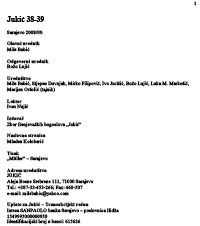
Poštovani biskupi, Joseph Ratzinger, sada Benedikt XVI., i ja bili smo od 1962. do 1965. najmlađi, a sada smo obojica najstariji i jedini još posve aktivni koncilski teolozi. Svoje sam teološko stvaralačko djelovanje uvijek razumijevao i kao služenje Crkvi. Stoga vam se na 5. obljetnicu stupanja na službu pape Benedikta obraćam otvorenim pismom, zabrinut za našu Crkvu, koja se nalazi u najdubljoj krizi povjerenja od vremena reformacije. Nemam druge mogućnosti obratiti vam se.
More...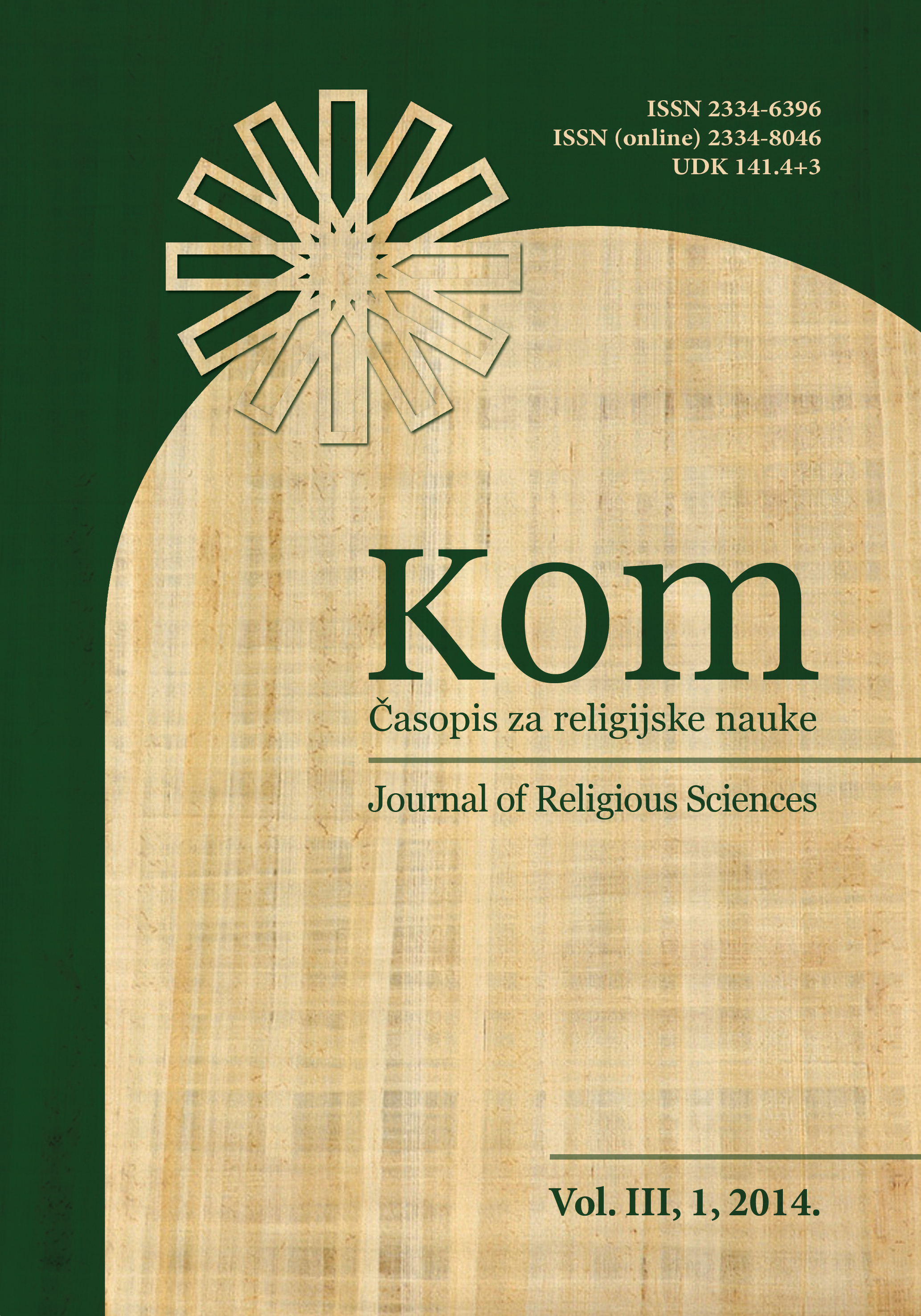
With the Renaissance Era there came a change in the philosophical and scientific worldview, which provided a mechanistic view of the universe, and the same goes for human history, where a new phase began that led to the radical changes in human history and education. The advent of the Newtonian era led to its laws and rules replacing the divine law and discursive wisdom replaced the divine will and God and sought the rule of Newton's and mathematical laws; material concepts were replaced by the metaphysical concept. One of the concepts that influenced the worldview is the concept of learning. Most theories in psychology see the brain as the learning center, because they believe that the brain is the center of perception and cognition; however, in the viewpoint of prophetic thought it is the heart that is the center of learning and the brain is seen just as the sensory center. This paper examines the prophetic vision about the center and place of learning and presents a critical approach to psychology theories.
More...
Evropa i evropstvo su danas jedini značajan pothvat građenja nacije ili, ako to nekome izgleda uvjerljivije, građenja nove nad-nacije. Svi prethodni pokušaji – Varšavski pakt, Nesvrstane zemlje, Islamska konferencija, Transatlantski savez i drugi – ili su propali, ili postoje s očitim znakovima neodrživosti. To Evropu i evropstvo čini istodobno i najvećom opasnošću i najvećim obećanjem.
More...
In this paper, we analyzed phraseologisms with the lexemes đavo (vrag) and devil in both Serbian and English language. There were 100 phraseologisms in Serbian and 43 in English in total. One of the reasons for this asymetry is the frequent usage of the lexeme hell instead of the lexeme devil in phraseologisms in English (while in the examples in Serbian the lexeme pakao is not used in this way). All the examples are classified into 17 semantic groups which represent devil’s physical characteristics, places of dwelling, psychological characteristics, the relationship to the sacral etc. (ružan kao đavo, beži ko đavo od krsta; as black as the devil, as the devil loves holy-water). Based on this research, we can see different influences (Christian, mythological, pagan) which are incorporated in the phraseology of these two languages, as well as in the consciousness of the native speakers of these languages.
More...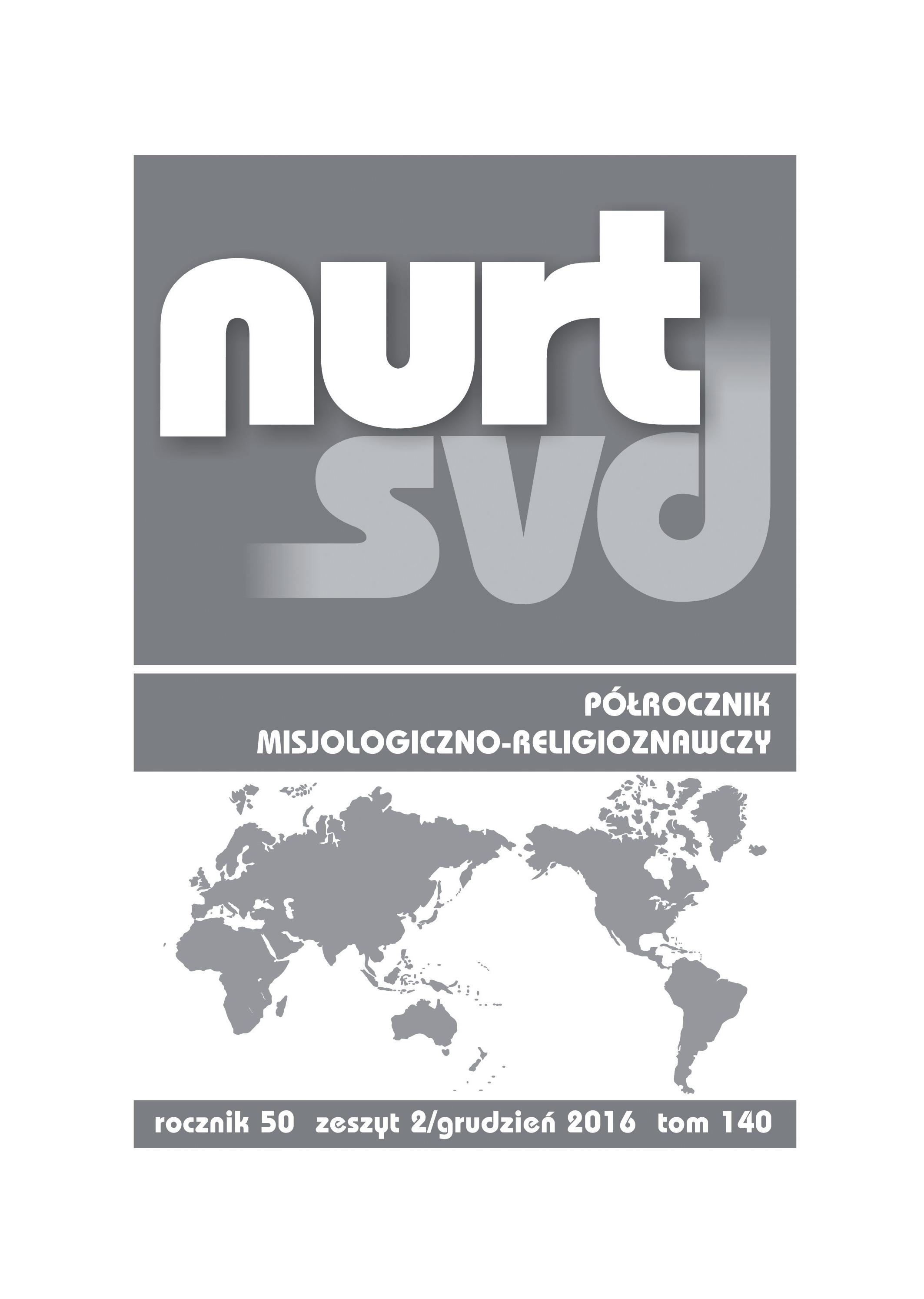
This article focuses on the outsiders' contribution to the strengthening of the Indian civilisation in its ethnic richness and variety. In this respect the life contribution of two German missionaries is described in more detail - Fr Christopher Becker SDS, who served as the Apostolic Prefect of the Catholic Mission of German Salvatorian missionaries in Assam from 1905 to 1915, and the work and struggles of Fr John Baptist Hoffmann SJ to secure the land title, livelihood and cultural heritage of the tribes in the Jesuit mission in Chotanagpur from 1893 to 1915, the year in which all German missionaries were expulsed from British India.Christopher Becker SDS was highly learned in the cultural anthropology, linguistics, geography and botany of India, especially its northeastern regions. His work The Catholic Church in Northeast India 1890-1915 is an invaluable source of information on the history and culture of the native people of Assam. It demonstrates the positive role of the Catholic missionaries as promoters of education and protectors of the rich cultural heritage of the northeastern Indian indigenous population.John Baptist Hoffmann SJ was one of the most outstanding missionaries and defenders of the cultural heritage of the tribal societies in Chotanagpur in Eastern India. He worked tirelessly for a more just society through provision of better education and reform of oppressive local customs among the indigenous Munda (Adivasi) people in Chotanagpur. He was also a notable researcher on the ethnography and lingustics. His monumental, 16 volumes Encyclopaedia Mundarica contains the accummulated knowledge on the whole culture and civilisation of the Munda people.
More...
John C.H. Wu (born on 28 March 1899 in Ningpo, China, died in 1986) was an exceptional man. A spiritual teacher and a philosopher of law and lawyer himself, he converted first to Protestantism (in 1917), when he was yet eighteen, and then, twenty years later, to Catholicism. Leaving out his newfound faith was far from easy for him in the beginning. He went through a number of spiritual crises during his several stays in USA (1920-1921, 1923-1924, 1929-1930), but particularly in the 1930s. His spiritual journey spanned East and West, focusing on overcoming many different contradictions: Christianity (Catholicism) versus Chinese religions (Daoism, Buddhism, Confucianism); human vs. divine; natural vs. supernatural; old vs. new. His conversion led him to argue, on intellectual grounds, that divine supersedes human, universality is superior to particularity, and man’s spirituality crosses the borders between East and West. John C.H. Wu draws an analogy between Old and New Testaments and old Chinese tradition: what for Jews was the former, the latter was for him. This was his key to understand the religions of China. To him, they were his teachers that led him to Christianity.
More...
Sister Teresa Forcades of Catholic Benedictine Monastery obtained her master’s degree in Theology at Harvard University and PhD in Public Health from the University of Barcelona. This controversial nun, who is regarded as an icon of European left and the most radical nun in Europe, frequently in her lectures, utters a very harsh criticism against capitalism and the patriarchal Catholic Church. She has published a number of works in fields of theology and feminism. The most noted of her books is “The feminist theology in history”. Due to her activism, her attitude towards the Catholic Church, which she regards as “misogynous and patriarchal” and her public support for the rights of women to abortion she faced severe criticism from Vatican. She is also one of the greatest critics of pharmaceutical industry and the author of the book “The Crimes of Great Pharmaceutical Companies”. She is a proponent of the independence of Catalonia and one of the founders of progressive anti-capitalistic social movement “Process Constituent”.
More...